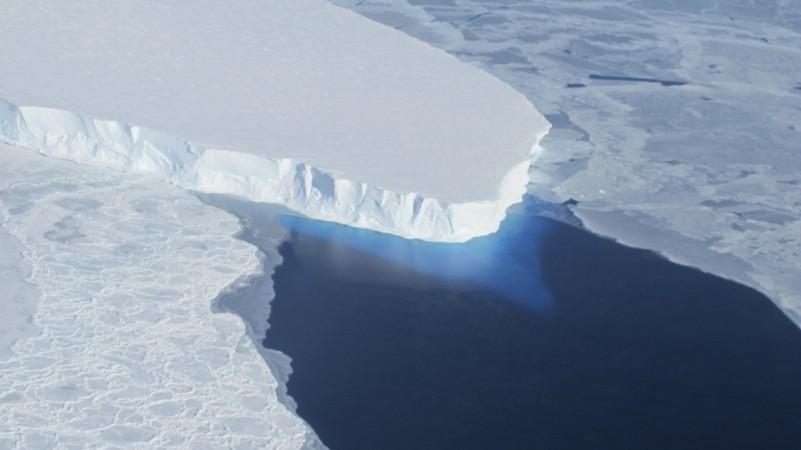
Did you know, that despite Earth's strong gravitational field, water can flow uphill, naturally! But various parameters have to be met for it to happen.
Also Read: Mysterious green ice spotted in Antarctica by NASA's Operational Land Imager!
A river has been found in Antarctica that flows under the ice sheets. Usually, the main reasons water moves upward are wind and gravitational forces, a Live Science report revealed.
Since ancient times, siphons have been used for various purposes like irrigation and even wine-making, but even today debate rahes regarding how siphons function.
"You can visualise a siphon by thinking of two cups connected by a tube shaped like an upside-down U. The water-filled cup sits on a stair, and an empty cup sits below it. If an experimenter puts one end of the tube into the water-filled cup and sucks the air out of it like a straw, that will allow the water to flow upwards into the tube," Live Science reported.
Siphons can also work in a vacuum, a 2011 study revealed, which was published in the Journal of Chemical Education.
According to a 2015 study, published in the journal Scientific Reports, molecular cohesion and gravity seem to be involved in the process. Gravity plays the role of speeding up the flow of the water into the lower cup through the lower part of the tube.
A website called Wonderopolis reveals that water molecules are capable of pulling water behind them as they have cohesive bonds. These bonds are not very strong in every liquid, but it is found to function in siphons.
A geophysics professor, Robin Bell at Columbia University's Lamont-Doherty Earth Observatory in New York, revealed an river flowing uphill beneath an ice sheet in Antarctica. The location is in the Gamburtsev Mountains, an enormous range with valleys and peaks that are as big as the Alps, Bell explained.
"In the valleys, there is water," Bell stated, as quoted by Live Science.
"We can tell because when we fly over it, the echo from the [ice-penetrating] radar is much stronger," she added
The researchers came to the conclusion that a backward flowing river exists by analysing the ice surface, which moved in the opposite direction, according to a previous report by Live Science.
"This alignment and the enormous pressure from the ice sheet above it push the water uphill, Bell said."
"We realised that the ice is forcing the water up the hill, squeezing the water backward," she added.
Another instance of water running uphill was observed in the Mississippi river after southeastern Missouri was impacted by an earthquake of an 8.0 magnitude, another Live Science report revealed.





!['Had denied Housefull franchise as they wanted me to wear a bikini': Tia Bajpai on turning down bold scripts [Exclusive]](https://data1.ibtimes.co.in/en/full/806605/had-denied-housefull-franchise-they-wanted-me-wear-bikini-tia-bajpai-turning-down-bold.png?w=220&h=138)



